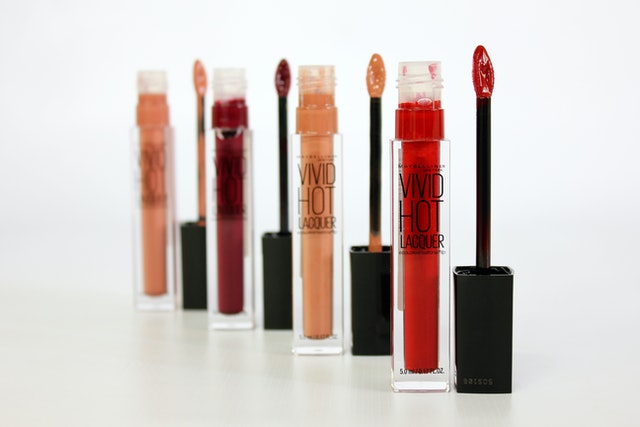If you have ever read the small print on the side of a lipstick, you may have noticed that the list of compounds bore you. And you might not have thought if these components are eco-friendly and safe, or are they outright harmful to the environment and human health? As usual, conventional cosmetics are a mixed bag.
The majority of traditional lipsticks contain chemicals derived from petroleum, possibly hazardous artificial “fragrance,” preservatives, and other compounds that could be harmful to your health. In fact, the use of several substances in lip products due to the higher danger of ingesting them as compared to, example, eyeshadow or blush are actually prohibited.
Sucrose acetate is obuty rate
This substance has been associated to liver damage in test rats, however when volunteers consumed 20 mg per kg of body weight per day for two weeks, there were no negative side effects. According to studies, oral absorption of SAIB is roughly 80% in humans, 50% in dogs, and 70% in rats. SAIB is therefore safe when used as a food additive (or, presumably, at amounts equivalent to those found in cosmetics). Overall, try to avoid this chemical if you can, but no need to worry too much if exposed to it accidentally.

Titanium dioxide
This mineral can be found naturally in the crust of the Earth. It is a common component in lipsticks due to its white, opaque, light-refracting, and ultraviolet light-filtering properties. The titanium dioxide in pressed powders should be avoided because it may be cancer-causing when inhaled. However, it doesn’t seem to pose a health risk in lipsticks. Titanium dioxide nano particle formulations should be avoided since they may make adverse health effects more likely.
Aside from titanium dioxide, you should also constantly stay away from parabens, metallized oils, artificial fragrances and preservatives. Make sure your natural lipstick has natural preservatives like vitamin E, citric acid, potassium sorbate and beeswax
FD&C and D&C colours
These colours are tested on animals and are made from bituminous coal (coal tar), which has been linked to cancer.
Pentylene glycol
A synthetic skin-conditioning agent and low molecular weight solvent, pentylene glycol. Although there hasn’t been much research on this chemical, it hasn’t been linked to any unfavourable health impacts in humans.

Propanediol
Many lipsticks include propanediol, which is not hazardous to humans or the environment but may irritate some sensitive people. So, if you’re worried that you’re susceptible to this chemical, avoid it; otherwise, don’t worry too much.
Talc
Talc is frequently used as a basis in cosmetics and is similar in composition to asbestos, which is known to be carcinogenic. Talc has been replaced with a combination of natural minerals and clays, corn starch, and flower wax-coated colours by businesses like Ecco Bella.
A safe, non-toxic lipstick that will last all day without smudging, bleeding, or fading is now more accessible than ever before, making it simple to swap out your traditional red lipstick or a daring purple shade. Make the conscious effort to shop more natural and organic cosmetics.